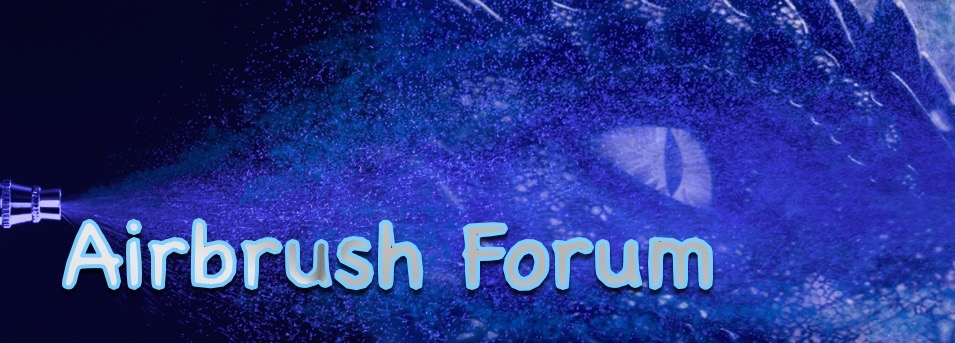C0y0te
Needle-chuck Ninja
Yes, I thought similarly; the difficulty of overpainting light over dark seems unique to airbrushing in a way that you just don't encounter with graffiti murals etc.. Certainly I've never read of urban artists talking about colour shift in any of the art forums I visit. Or witnessed bluish edges on their white outlines. Perhaps it is, as you say, to do with paint volume. Curiouser and curiouser!I don’t actually know! I would imagine it does due to the atomisation? I wonder if nozzle size has an influence and the amount of paint coming out of said nozzle, Dru said that all paints shift, it’s just that you notice it with airbrush due to how little paint we actually use,
